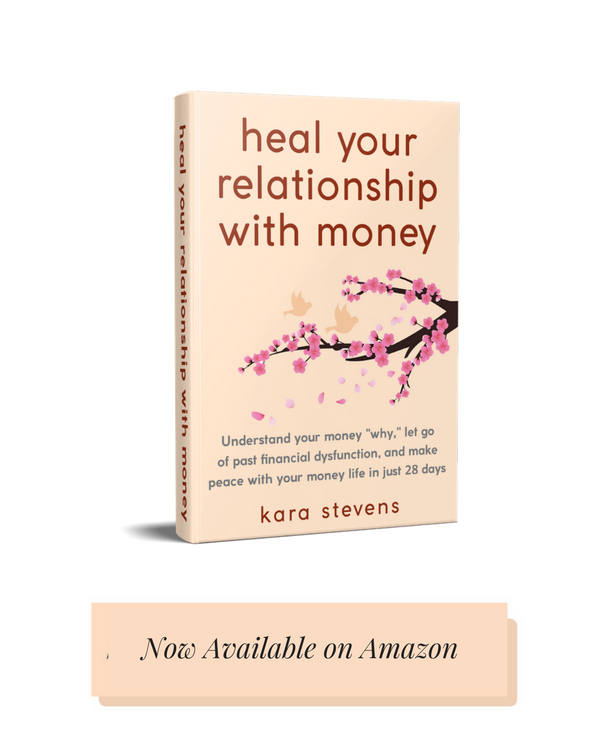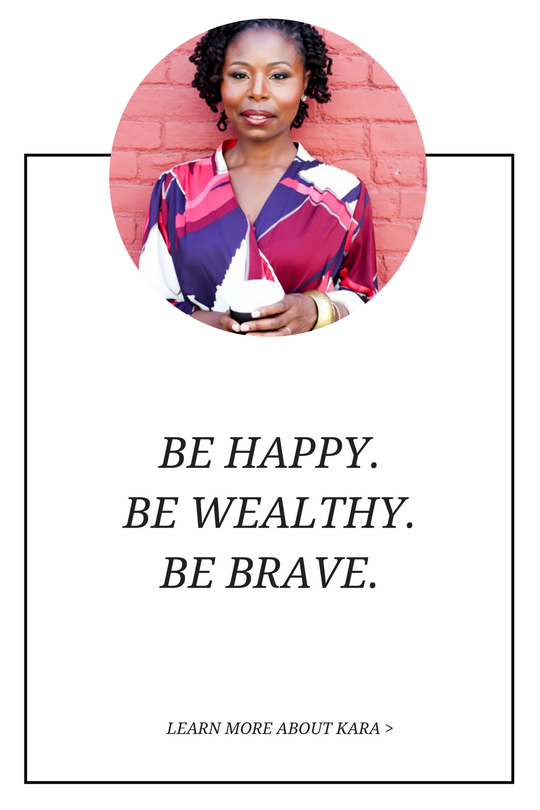
To be quite honest, I’ve opted out of being “fabulous”. Being fabulous seems too confusing. Seems like too much work. With new fashion trends coming out on what seems like a daily basis, it’s hard to keep up.
And now I’m not ashamed to admit it: I feel completely overwhelmed by it all.
Recently, I came across this article which made me realize that what I thought was an individual case of sartorial overload, was designed to do just that— keep vulnerable consumers like you and me in the dark about what’s hot and what’s not; whet our appetites for instant glamour; keep us spending on seemingly low-cost, wallet-friendly digs so we can impress those around us.
This is the world of fast fashion.
Fast fashion brands have transformed the traditional four-six season fashion cycle into a bloated 52-week fashion treadmill, which in addition to ravishing natural resources, exploiting female labor in countries like Bangladesh, and claiming the title of “second dirtiest industry” (oil takes first place), continues to deposit feelings of anxiety, unworthiness, and sadness into the lives of each new and returning customer, often without their knowledge.
Binge and Purge
The fast fashion industry employs savvy advertisers and marketers to make us believe that fashion is as disposable as bubble gum or a paper plate. And by keeping prices very low, we are led to believe that we can afford to do away with our perfectly functional clothes on a weekly basis.
The ability to buy in abundance gives us, as consumers, a feeling of false affluence; we can go into a store feeling bored or lonely and leave feeling in control and focused because of a new bag of clothes; we’ve been conditioned to shop rather than focus on the negative emotion or actions that actually create wealth like property ownership, investing in the stock market, or building a business. [Tweet “The need to impress, feel important, or stay relevant has a financial bottom line”]
As they convince us that we can afford fashion and therefore, be happy, be popular, be confident, they simultaneously remind us that it’s only temporary. When we comingle our worth with our appearance, the power remains with corporations to dictate the next trend or “it” item. Moving the target inevitably creates a disheartening binge-purge cycle, where we buy, buy, buy in hopes of achieving perfection and then discard, discard, discard when the new ideal of beauty, cool, and chic is peddled to us.

Stop the “Shop Until You Drop” Madness
The need to impress, feel important, or stay relevant— at least through appearances— has a financial bottom line as well. And it is not pretty. As Americans we are ill-prepared for a financial emergency or retirement: Almost half of Americans would not be able to cover an unexpected expense of $500 or less. Almost a quarter would not be able to cover even $100. An estimated 22.9% of men and 22.7% of women say they don’t have at least a Benjamin in their emergency fund. According to a survey from GOBBankingRates.com, one out of every three Americans has absolutely nothing saved for retirement, 56% have less than $10,000 saved, and just 18% have $200,000 or more in retirement savings.
Alternatives to the Fast Fashion
Being in style and in the green does not have to be mutually exclusive. You can have a personal style that does not erode your personal wealth. Use these
Get on Pinterest: Sometimes the desire to look at pretty things gets conflated with the desire to purchase it. Using a visual tool like Pinterest can give you an opportunity to window shop as much as you want without having to purchase. This will also help you get ideas for how you can pull together items in your closet that you already have.
Go slow with fashion. There’s a growing “slow” fashion trend which focuses on helping consumers become more conscious of their purchases and creating fashions that are not necessarily tied to a season. Slow fashion not only focuses on creating sustainable designs, but also educates consumers about production, use, and potential to reuse.
Hold a clothing swap. Bring a group of friends together seasonally to trade trends without swiping your card. You’ll also find that you feel that same high from getting something new to you as when purchasing something new at the mall. If a clothing swap isn’t possible, you can spend a few dollars at a thrift store; you can feel good about buying secondhand and not contributing to further air, water, and land pollution or labor exploitation.
Questions to Ponder Before You Next Fast Fashion
If you still feel the urge to shop, use these following questions to help you think about your purchases a little more thoughtfully. In the long run, reducing the amount of amount that you consume will help your mood and money mindset.
- Does buying this (fill in the blank) really important or am I just trying to fit in?
- How much debt am I already in?
- Could I use this money for something outside of shopping?
- Am I treating clothes like a disposable item when it’s not?
- What am I feeling I will lose out on or miss out on if I don’t go shopping now?
- Am I shopping my way to a new identity? Is there a better and more sustainable way to show that I’m different from who I used to be?
Fast fashion is a fast lane filled with a lot of fleeting glamour and lifetime debt and dissatisfaction. The best way to hold on to your joy and your wealth is to completely reconsider and rethink how you directly link spending and image as a fundamental value. Even though it’s easier said than done, your wealth and self-value are worth it.
[info_box type=”alert_box”]Do you want to learn to finance a lifestyle you love? It’s time for you to learn to budget like a boss. Click here to get a resource you can use to help you get started on improving your lifestyle. [/info_box]










